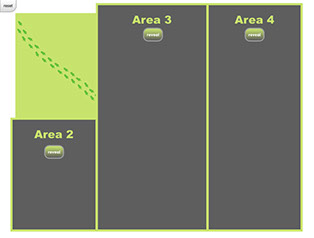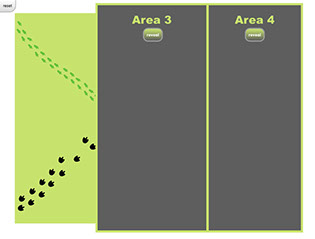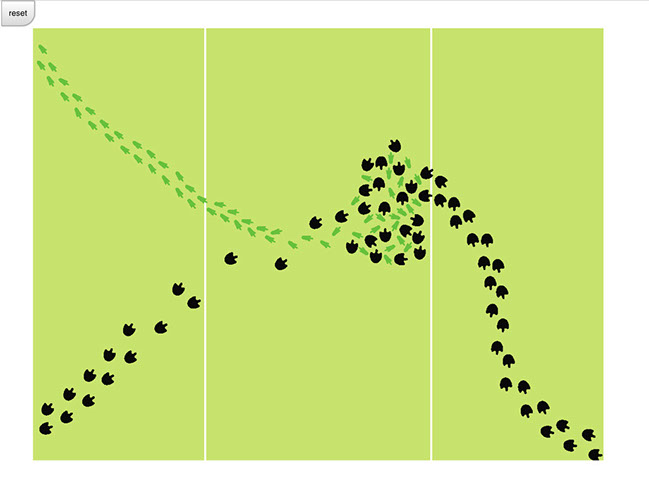SciGen Teacher Dashboard
Unit T1
Observation & Inference
Flour or Rat Poison?
Going from Observations to Inferences
Qualitative vs. Quantitative
Identify Powders
by Observing
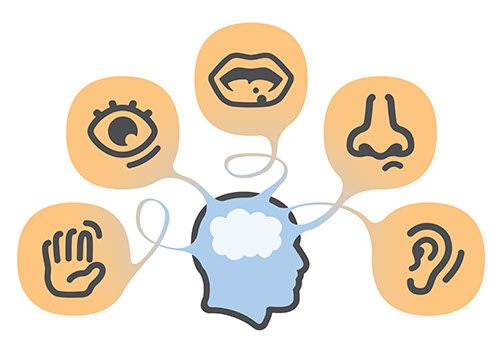 Lesson: Going from Observations to Inferences
Lesson: Going from Observations to Inferences
Duration: Approximately 45 minutes
Students review the role of the five senses in making observations. Students practice making inferences based on observations. Students learn the difference between qualitative and quantitative observations. Students practice making both qualitative and quantitative observations.
LEARNING OBJECTIVES
Students review the role of the five senses in making observations.
Students practice making inferences based on observations.
Students learn the difference between qualitative and quantitative observations.
Students practice making both qualitative and quantitative observations.
Teacher Tip
- Students draw inferences when reading. They learn that authors give them only a certain amount of information and expect the reader to use what they already know to fill in the missing pieces. If authors didn’t rely on readers to make proper inferences, they would have to write books and stories that are too long and very boring. When reading, we don’t stop and evaluate all of our inferences. If we did, we would learn to hate reading. When we make inferences in science, we have to be very careful and question the validity of those inferences.
Teacher Tune-ups
Teaching Notes
ACTIVITY OVERVIEW
- Defining observation and inference (5 minutes)
- Observing an everyday Item as if it were unfamiliar (15 minutes)
- Adjusting inferences as new data become available (15 minutes)
- Discussion: What do we need to make "good" observations and inferences? (10 minutes)
Defining observation and inference (5 minutes)
Give students definitions for observation and inference.
Observation: basic information you get by seeing, feeling, hearing, tasting, or smelling.
Inference: something you think is true based on observations.
Remind students that we use our five senses to make observations. Based on those observations, we make inferences. Use the chart to demonstrate how an observation can lead to an inference. You may want to ask students to evaluate the strength of the inferences. For example, the inference that Erin has the flu based on the observation that she was not in school may not be a valid inference.
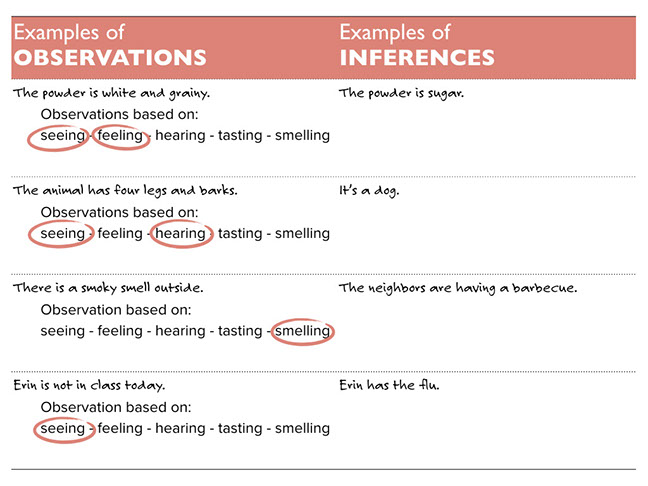
Observing an everyday item as if it were unfamiliar (15 minutes)
Present an item to students and ask them to make observations about the item. The item does not need to be unfamiliar to the students; however they should practice observation as if the item is unfamiliar. (Some teachers choose to place miscellaneous item in paper bags and have students observe using senses other than seeing.)
After students have listed a number of observations, they can make an inference about the item based on those observations.
:
I am going to present you with an object to practice making observations using your senses.
- Working with a partner, list the observations you can make. Remember, start with observations. Do not make inferences yet. Act as though you have never seen anything like it before.
- After you make observations, discuss what you observed to see if you are prepared to make an inference about the object.
- Be ready to share your inference with the class and the observations that led you to your inference.
List the observations you make.
After you make several observations, discuss what you observed to see if you are prepared to make an inference.
If you have enough information, make an inference.
Adjusting inferences as new data become available (15 minutes)
Note: The following activity is based on National Academy of Sciences. 1998. Teaching About Evolution and the Nature of Science. Washington, DC: The National Academies Press. [doi: 10.17226/5787]
_
Here is a classic activity that helps students to differentiate between observation and inference, but also encourages them to revise their thinking as more information becomes available.
Tell students that they are going to be looking at an image of fossilized footprints, but in stages.
(reveal Area A)
:
Take a look at this scene of fossilized footprints. They may be from prehistoric times or much more recent.
Make three or more observations.
Using what you know, are there any inferences you can make?
(reveal Area B)
Let’s expand our view of the scene. Now there are two kinds of footprints.
Make five or more observations. You might describe size, shape, direction, quantities, distances….
Using what you know, what inferences can you make?
(reveal Area C)
Now we see even more footprints. There’s a lot of data now. What can we observe and infer here?
Be careful not to jump to conclusions about what might have happened here, but you can form multiple hypotheses.
:
Does the pattern of footprints indicate changes in speed, direction, or anything else for each creature? What could the footprints suggest about what the creatures or the landscape looked like, and how they may have interacted, if at all?
(reveal Area D)
Finally, we yet more footprints even farther to the right but it's pretty different. Make additional observations and then as many inferences as you can that you think are reasonable.
Discussion: What do we need to make "good" observations and inferences? (10 minutes)
BETA Version - Please send comments and corrections to info@serpinstitute.org

